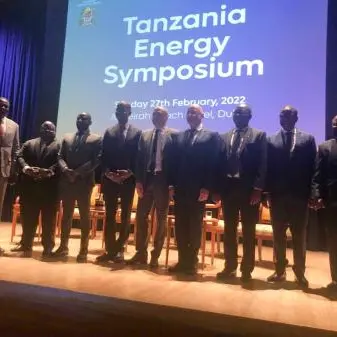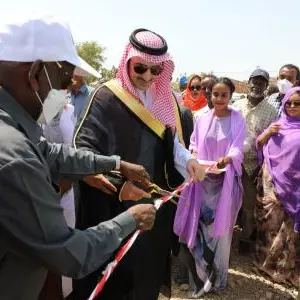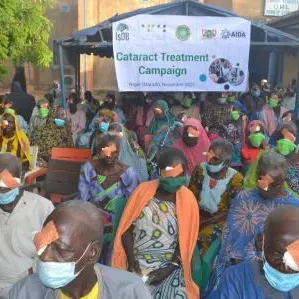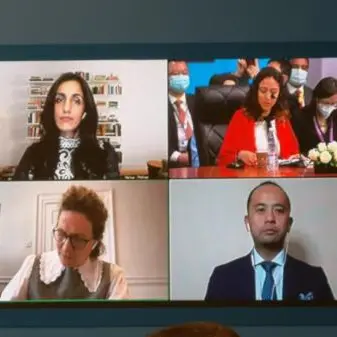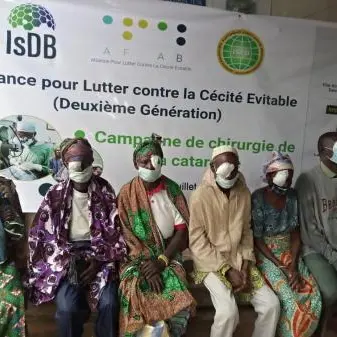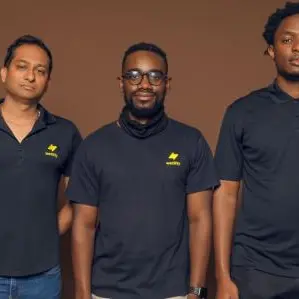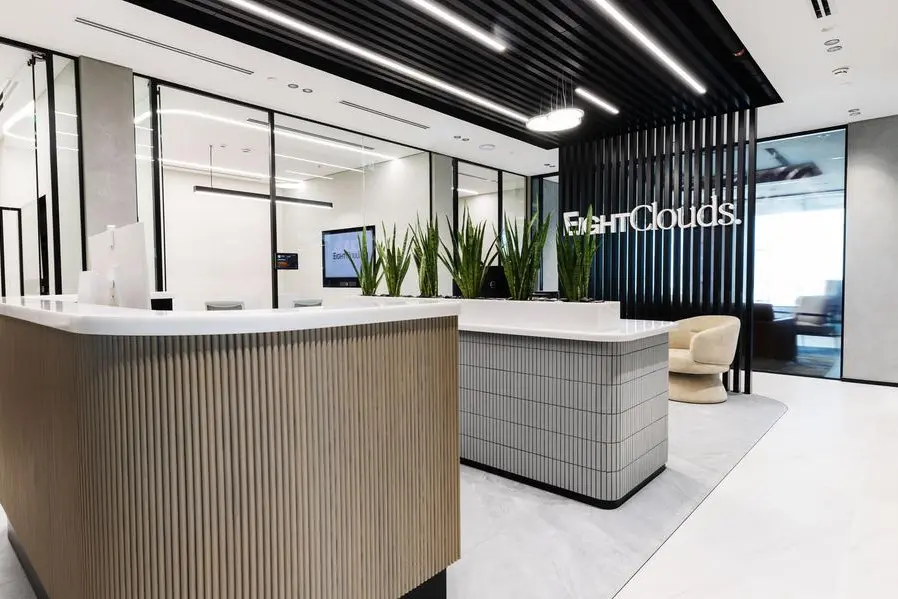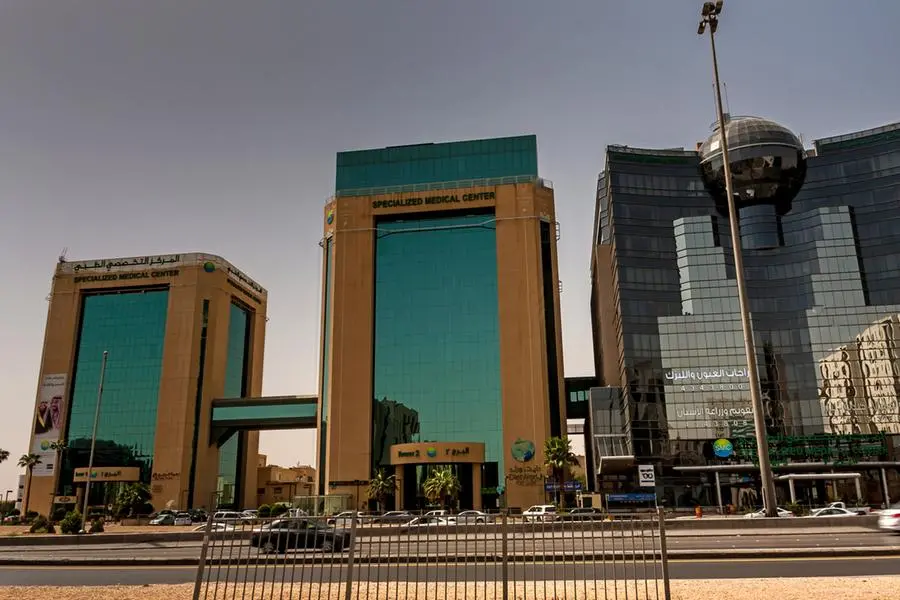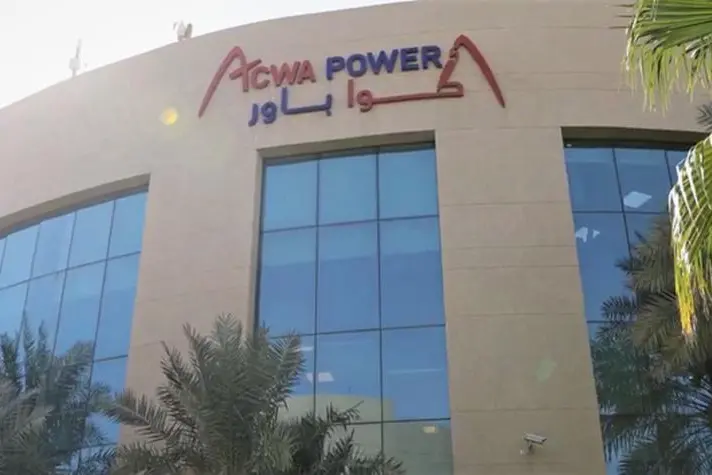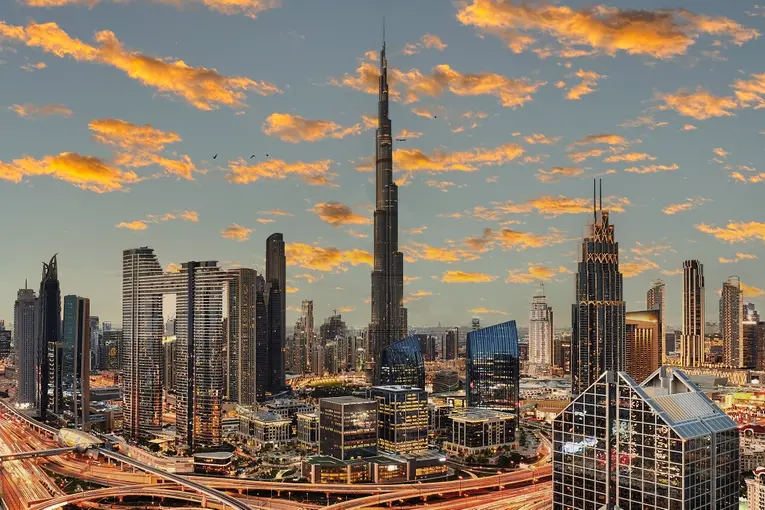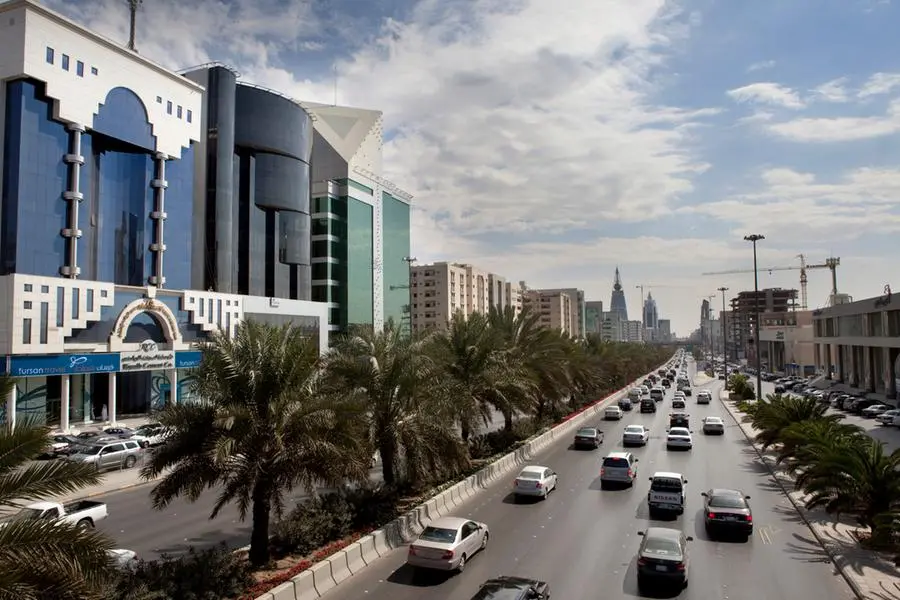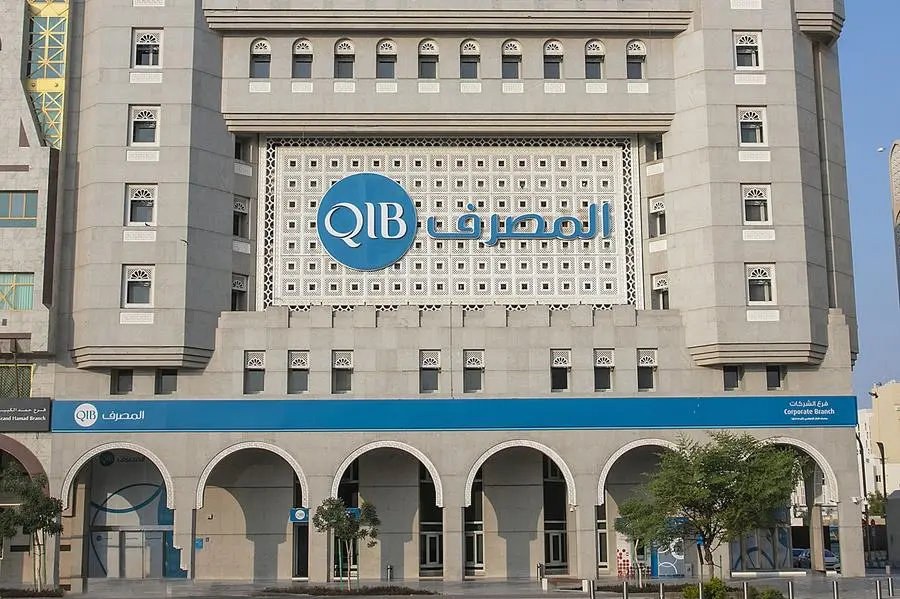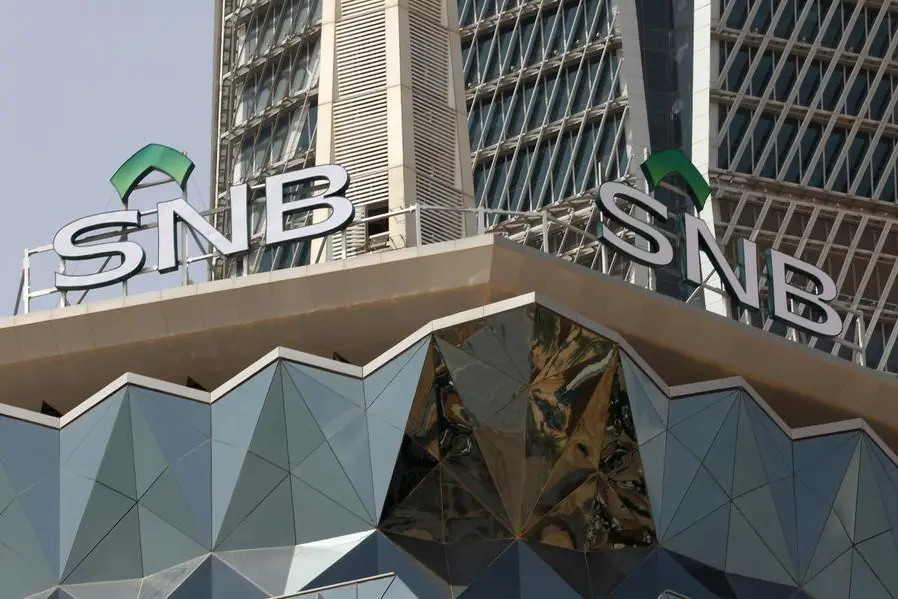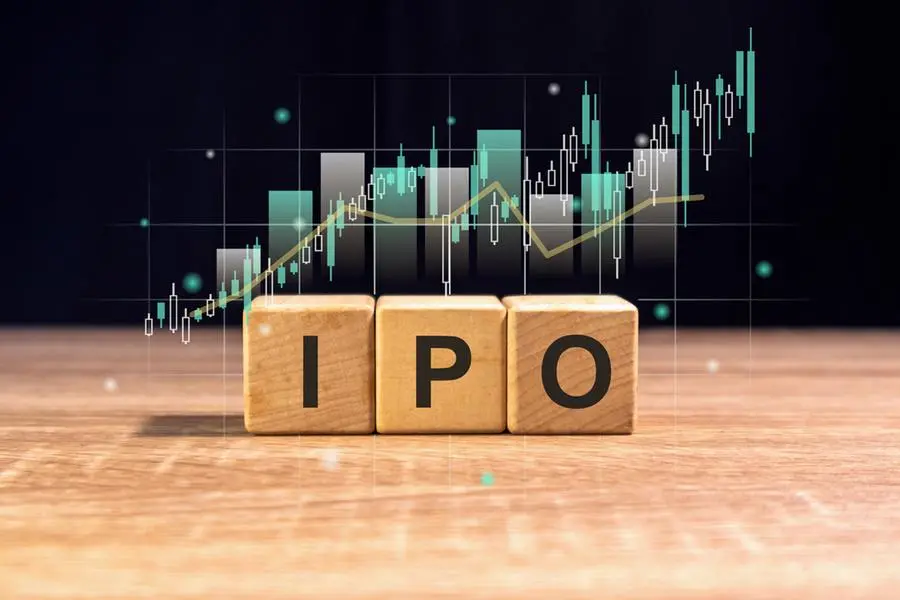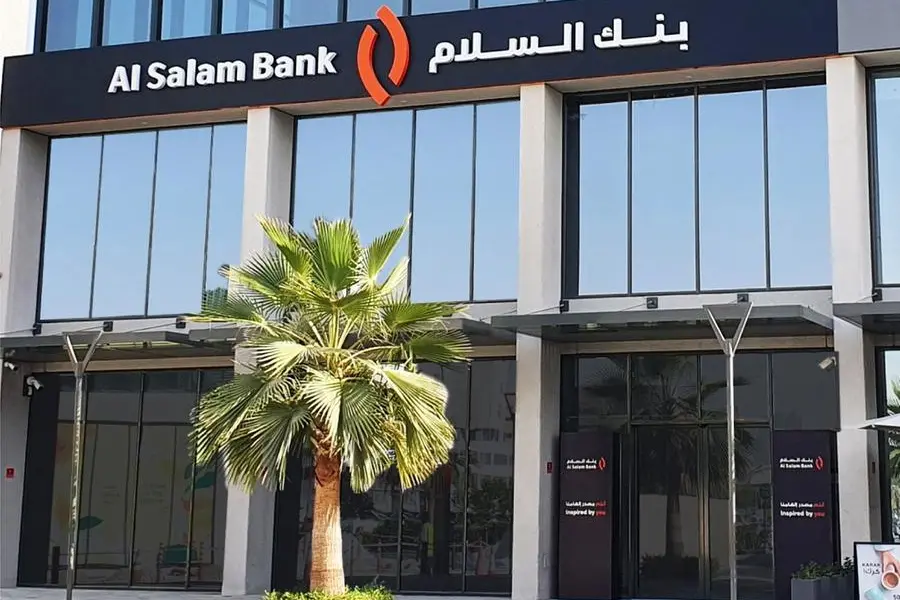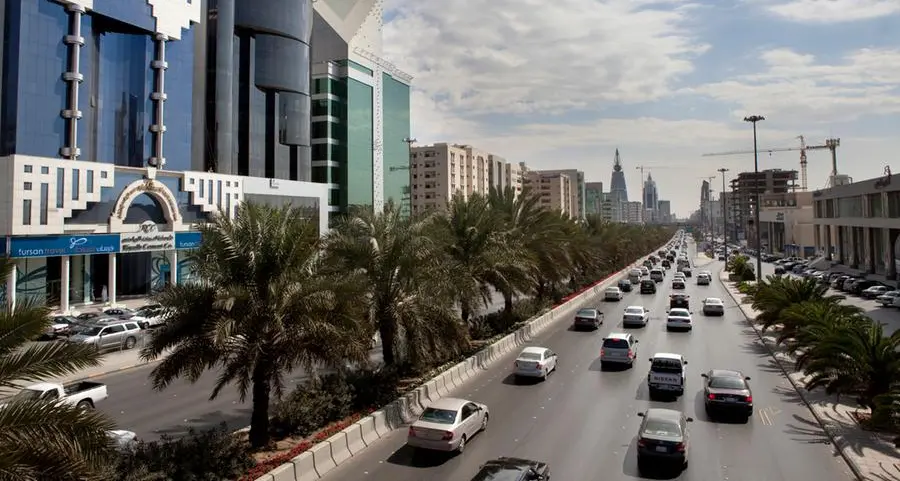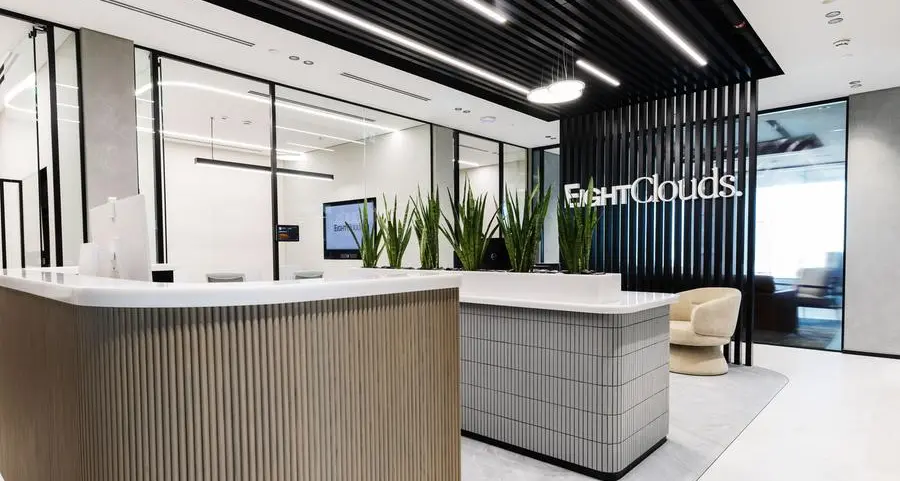
Desert-to-Power involves 11 countries across Sahelian belt; 250 million people set to benefit with 10 gigawatts of solar by 2030.
The African Development Bank is the driving force behind one of the world's most ambitious energy projects: the Desert to Power initiative aims to bring energy to one of the least developed and most marginal parts of the continent.
This transformative and bold effort aims to turn Africa’s vast, sun-drenched Sahel region – one of the most vulnerable regions in the world - into a powerhouse of solar energy, targeting 11 countries: Burkina Faso, Chad, Djibouti, Eritrea, Ethiopia, Mali, Mauritania, Niger, Nigeria, Senegal, and Sudan.
By harnessing the region's immense solar potential, Desert to Power seeks to generate 10 gigawatts of solar power by 2030, thereby facilitating access to electricity for 250 million people.
The ground-breaking project is the brainchild of Bank President Dr Akinwumi Adesina who has termed it the Bank’s “baobab”.
“Desert to Power is what I call the baobab of projects. It will require all our efforts if we are to effect change,” he told a COP meeting.
Last December, the Bank approved the 225 kV Mauritania-Mali Power Interconnection and related Solar Power Plants Development Project (PIEMM) which is a priority operation under that Desert to Power Initiative. The project will help develop regional electricity trade in the Sahel, allow Mali to import about 600 GWh of electricity from renewable energy sources from Mauritania each year and enable both Mali and Mauritania to increase their national electricity access rate and to improve the performance of their electricity sub-sector by reducing fuel consumption, and shutting down several generators with exorbitant operating costs thus reducing greenhouse gas emissions. Ultimately, the project is expected to connect 100,000 new households (80,000 in Mauritania and 20,000 in Mali).
The initiative presents a major step along the way to solving Africa’s critical energy access issues and reducing dependence on fossil fuels like heavy fuel oil. These are key drivers of environmental fragility in the region, worsening climate warming behind many of the dramatic weather events now regularly hitting the continent.
The Bank has also successfully leveraged climate finance from international sources like the Green Climate to blend with the Bank’s own resources to support the Desert to Power initiative.
Additionally, the Bank’s Sustainable Energy Fund for Africa (SEFA), the Bank’s largest in-house blended finance facility with commitments of over US $500 million from 10 donors, including Denmark, the United States, the United Kingdom, Italy, Norway, Spain, Sweden, Germany, the Nordic Development Fund, and the Global Energy Alliance for People and Planet, is providing catalytic capital for private sector projects across the Desert to Power countries and beyond.
Today, the Desert to Power portfolio counts 10 investment projects and over 15 technical assistance operations across 7 of the 11 countries of operation.
The initiative has drawn plaudits from policy makers, diplomats, politicians and media commentators.
The authoritative British newspaper the Financial Times (FT) recently hailed it as a showcase example of imaginative development projects of the type Africa needs to engage its populations and prevent regional unrest exploited by anti-state actors.
In an article, endorsed by its editorial board, the FT called on Western governments to back the project along with similar initiatives directed at improving people’s daily lives. Development brings stability, it argued.
The initiative is part of a broader effort to transition Africa towards more sustainable energy sources, helping mitigate deforestation and its associated impacts.
In Africa, deforestation is a significant issue, with an area equivalent to the size of Switzerland being cleared of forest annually, largely for cooking and heating purposes. This loss of forest exacerbates dust storms, disrupts rain patterns, and accelerates desertification, posing severe threats to biodiversity and local climates.
The Bank’s investment in solar energy is crucial for several reasons. Firstly, reliable and affordable energy is essential for reducing reliance on charcoal, which is not only a leading cause of deforestation, but also an expensive option for many households. The continent's rapid population growth has intensified energy demands, with the population doubling and doubling again to at least 1.2 billion, nearly half of whom lack access to electricity.
While there are ongoing reforestation projects in countries like Kenya, Congo, Madagascar, and Malawi, the rate of forest loss far outpaces these efforts. The immediate need is to electrify the continent quickly, choosing sustainable energy sources such as solar, wind, and hydro over more harmful fossil fuels.
Africa's potential for renewable energy is vast but largely untapped. The continent has an almost unlimited solar capacity (11 TW), significant hydro resources (350 GW, with only between five and six percent currently harnessed), wind power (110 GW, with only two percent utilized), and geothermal energy sources (15 GW).
Despite this potential, 600 million people in Africa live without access to electricity. The continent accounts for just six percent of global energy demand and slightly over three percent of electricity demand. This underscores the importance of scaling up renewable energy investments to meet the continent's energy needs sustainably.
From 2016 to 2022, the AfDB approved US $8.3 billion in energy commitments, with 87 percent directed towards renewable energy projects. This investment has already generated 3.4 GW of electricity, including 2.6 GW from renewable sources. The Bank is also developing an African Green Mineral Strategy to capitalize on the continent's abundant critical minerals, such as cobalt, manganese, and platinum, which are essential for facilitating the energy transition. the entire Sahel region and forever changing the face of one of Africa’s most neglected areas.
Distributed by APO Group on behalf of African Development Bank Group (AfDB).
